Art Paper Printing
Fine Art Prints made to archival art papers are commonly referred to as 'giclée prints' (pronounced ‘zhee-clay’). In the current digital age, we take a high resolution art reproduction of any kind and print that digital copy with an inkjet printer on 100% archival paper. Today giclée prints are highly regarded in museums and galleries throughout the world. Fine art print paper's are offered in various finishes, and selection is a subjective process. The aesthetics of the print may appeal to you based on perhaps your own experiences in photography and/or traditional fine art.
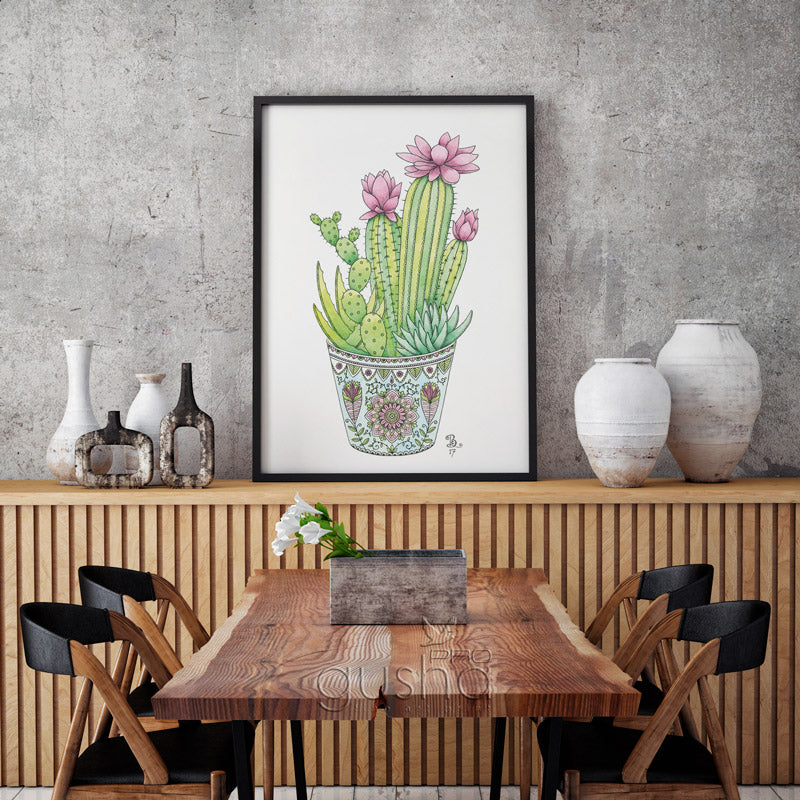
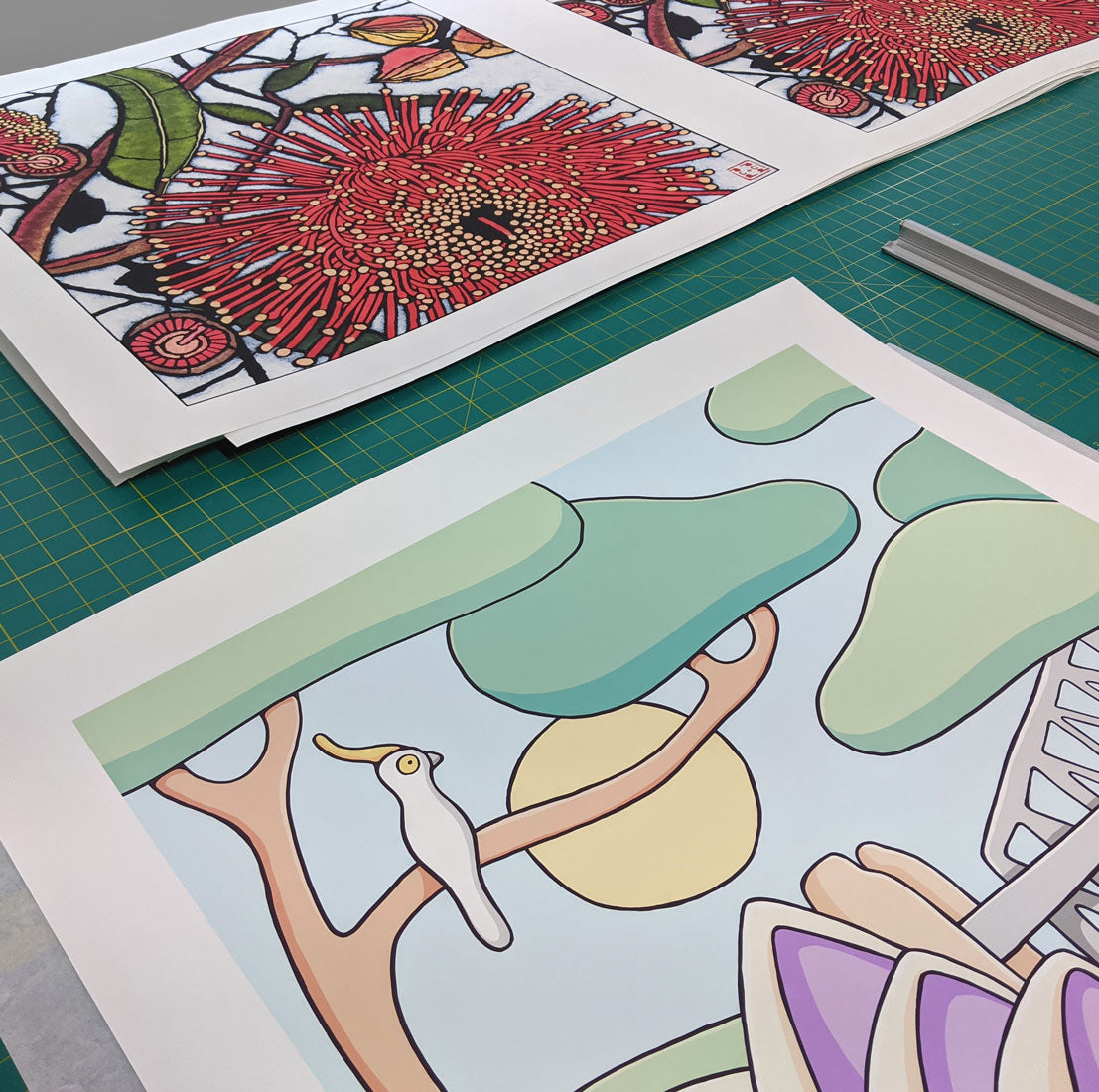
Giclée Paper Styles & Finishes
We now have a range of paper choices beyond the dreams of a previous generation of artists and photographers. The two major groupings are matte papers and photo papers (resin coated). Matte papers are based on either alpha-cellulose (wood fibers) or cotton rag fibre. Their appeal lies in their ‘look’ and ‘feel’. These papers have been developed to closely imitate papers used for various non-photographic fine art processes. Matte giclee paper types often have a texture – a look and tactile experience that is simply lacking in photo papers, which are constructed on a plastic base. These resin coated papers have the advantage of much higher reflectivity, generally producing blacker blacks and therefore more contrast.
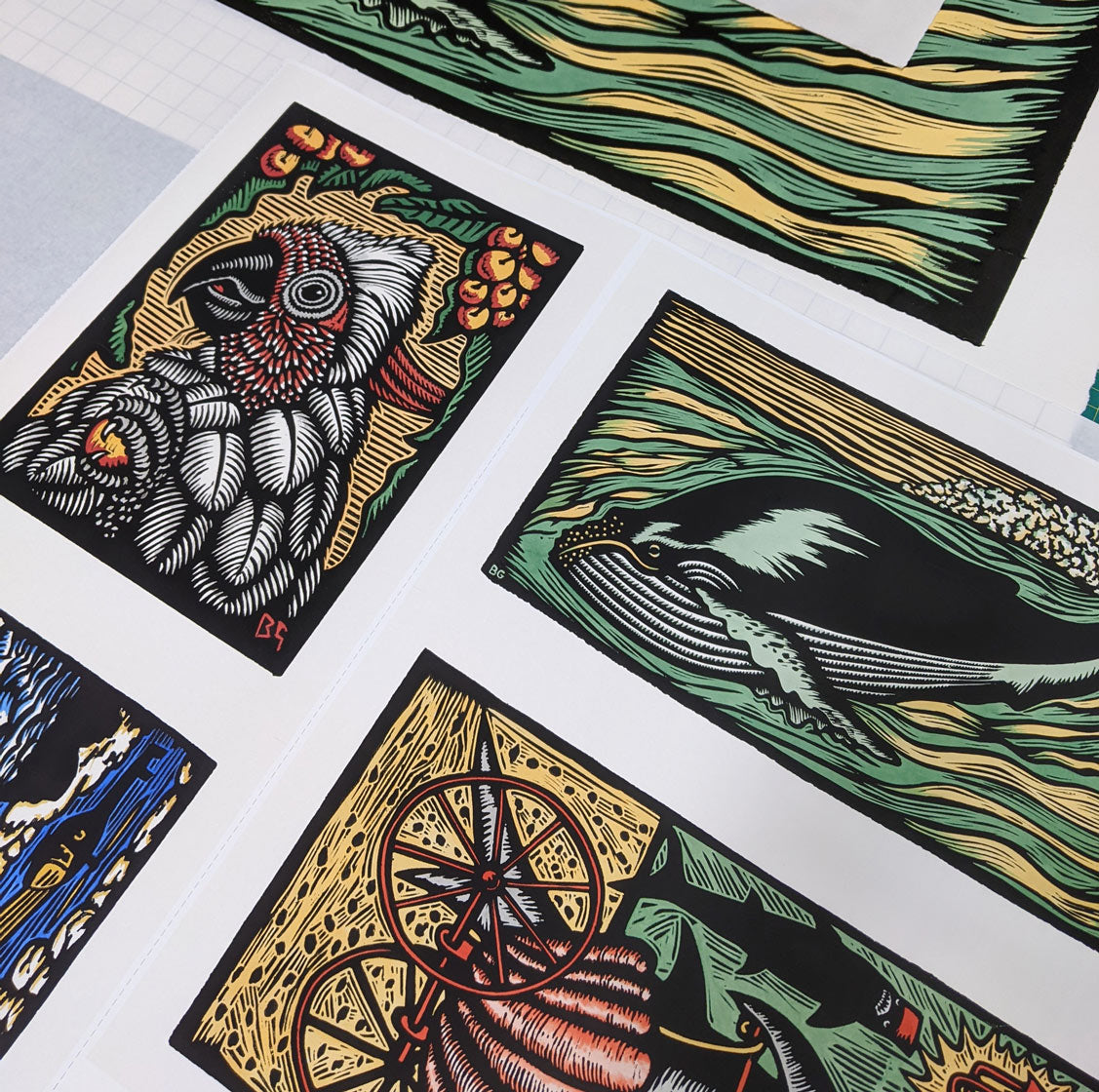
Fine Art Giclée Papers
Matte or fine art giclée papers provide a more traditional surface and offer a unique, beautiful surface for your prints with superb longevity, detail, resistance to fading and a look and feel factor that screams high quality. However, they are quite expensive, and for at least some printing needs, alpha cellulose papers may be an acceptable alternative. In fact, whenever permanence and/or tactile quality isn’t a necessity for your printing there are papers that will deliver the excellent quality of output for less money than true fine art cotton rag.
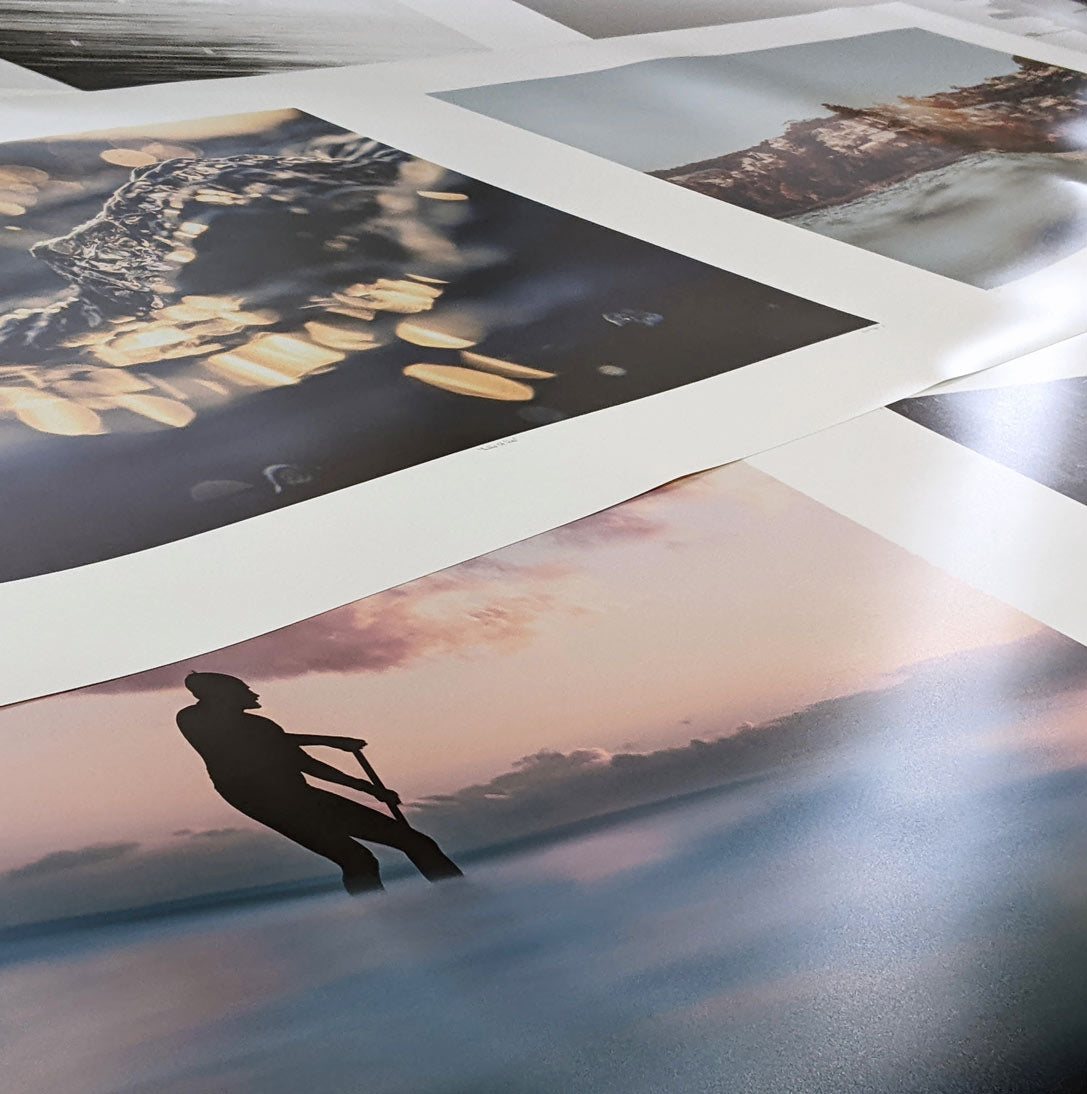
Resin Coated Papers
The finish of resin coated papers are semi-matte through to glossy – what most of us picture when we think of a photographic print. This type of print media consists of a paper base sealed by two layers of polyethylene (the resin) making it water-proof and fairly resistant to scratches and scuffing. What makes resin coated papers such a popular choice is their ability to deliver an outstanding print quality for a relatively low cost. The variations on the finish type for resin coated papers are still derived from their light sensitive “wet process” counterparts. The main classifications are semi-matte, semi-gloss or lustre, and glossy. In terms of inkjet printing, lustre is more commonly referred to by names such as semi-gloss, satin and pearl.
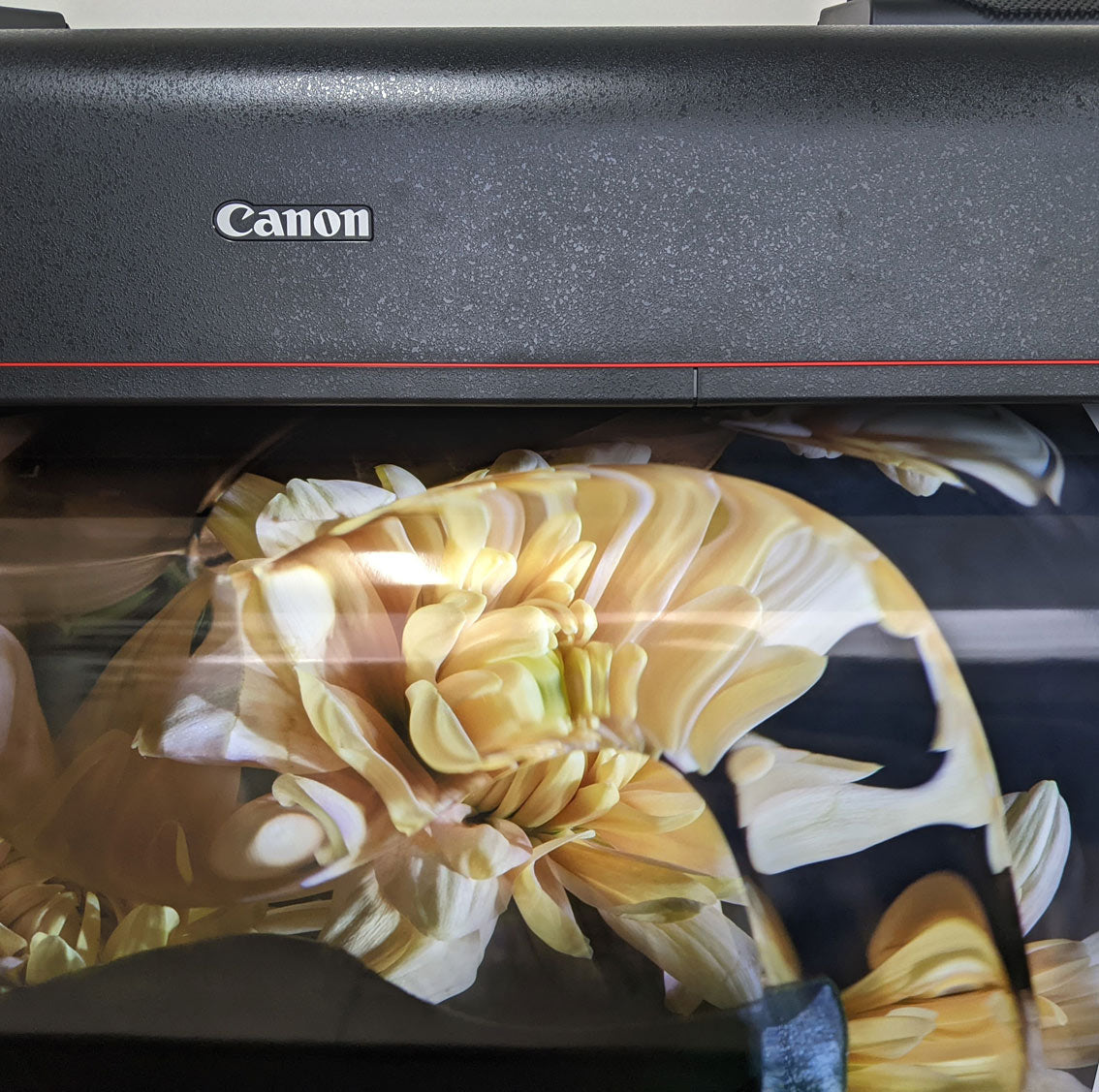
Outgassing
It's important to allow resin coated prints to properly 'dry' before framing. Following printing the print may appear dry by sight and touch however it won't be fully dry. Outgassing refers to the release of any trapped gasses in the print and Epson recommends prints be allowed to outgas uncovered for 15 minutes after ejecting from the printer and then leaving the prints for 24 hours before framing. Failure to follow this procedure may create what looks like condensation on the glass in front of the print.
